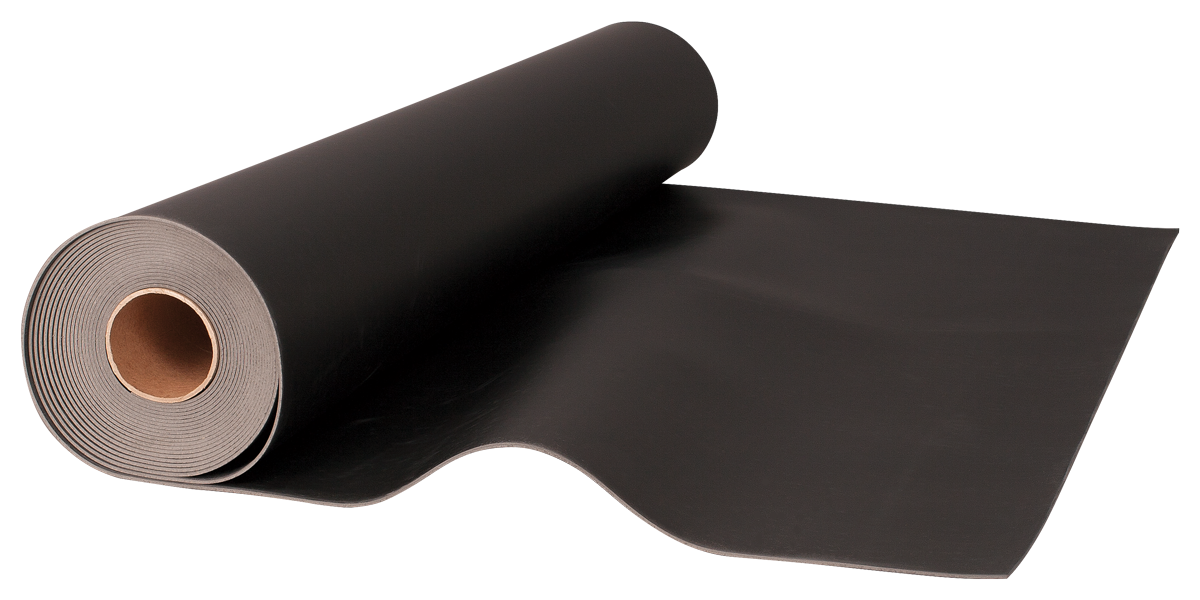What’s the best method to install SheetBlok™?

The best method for installing SheetBlok in a wall, ceiling, or floor construction is to sandwich it between other layers. Why?
- Sandwiching provides a resilient layer between two solid layers. In addition to offering more mass, this will decouple layers. Technically, this is known as an ”impedance mismatch.” Sound energy is more impeded by the sandwiching effect than by other installations.
- Sandwiching is usually easier. Gluing to the first layer of drywall is usually all that is necessary. The final layer of drywall can be glued and screwed right on top of the SheetBlok.
- The final layer of drywall is more aesthetically pleasing than if the room were finished with SheetBlok alone. Using it as a finish layer also means that additional mechanical fastening is necessary – such as button-cap nails or trim strips.
Other installation methods that are acceptable, but do not necessarily perform quite as well as the sandwiching:
- Attached directly to the studs. Other layers would go over the SheetBlok. Disadvantages: Since there is no solid sub-layer, sealing the seams is difficult. Also, the decoupling achieved when used as the ”meat’ in the ‘sandwich’ is not available in this installation.
- Cut into strips and used only on the studs. While this certainly reduces cost, a main disadvantage is not using the SheetBlok as a barrier.
Other ways to use SheetBlok:
- Cut into strips and place as a double layer between the sill plate and the subfloor. This helps decouple walls from the floor.
- Cut into strips and place between the top plate and the ceiling joists. This helps decouple the walls from the ceilings.
- As a layer on the insides of loudspeaker cabinets, this is very popular in home theater setups where special loudspeaker cabinets have been built around a large screen or TV.
- Cut into 2’x4’s or 2’x2’s and lay on the back of ceiling tiles. While not a ”fix” for sound transmission through acoustical tile ceilings, this does add a significant amount of mass to the ceiling and should nominally improve its performance. This is sometimes the only alternative short of replacing the entire ceiling. (Note: An acoustic ceiling professional should help you recalculate the number of grid hangers you need.)
Finally, it is important to note that although many adhesives will work with SheetBlok, at least initially – most will eventually fail over time. This is another reason why sandwiching or, at least, mechanical fastening is best. When sandwiching, we suggest any vinyl flooring adhesive or general adhesive approved for use with vinyl.

